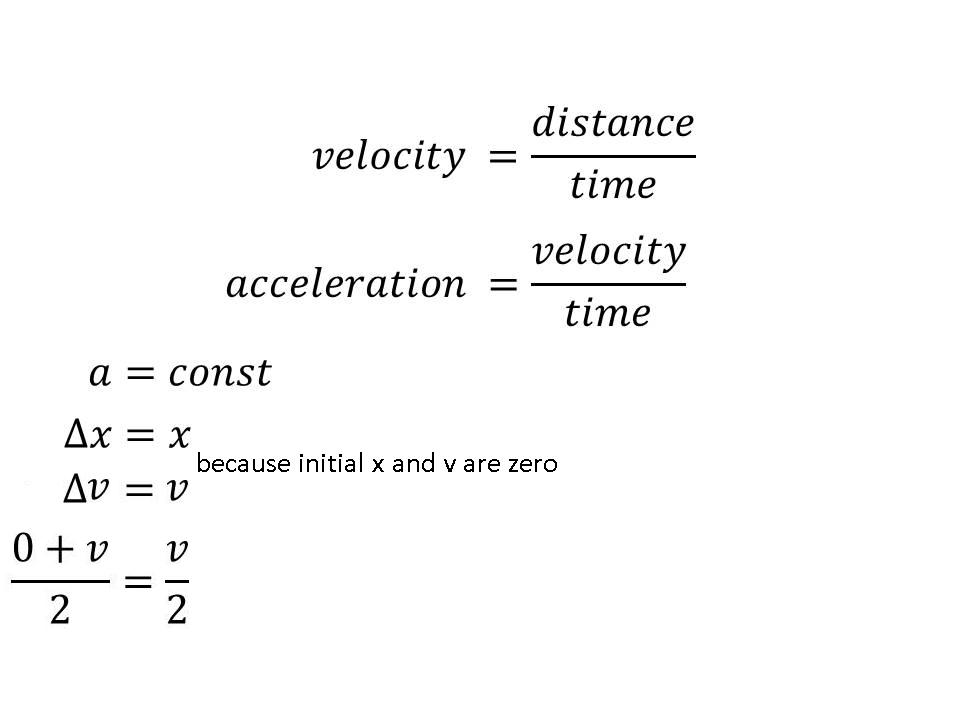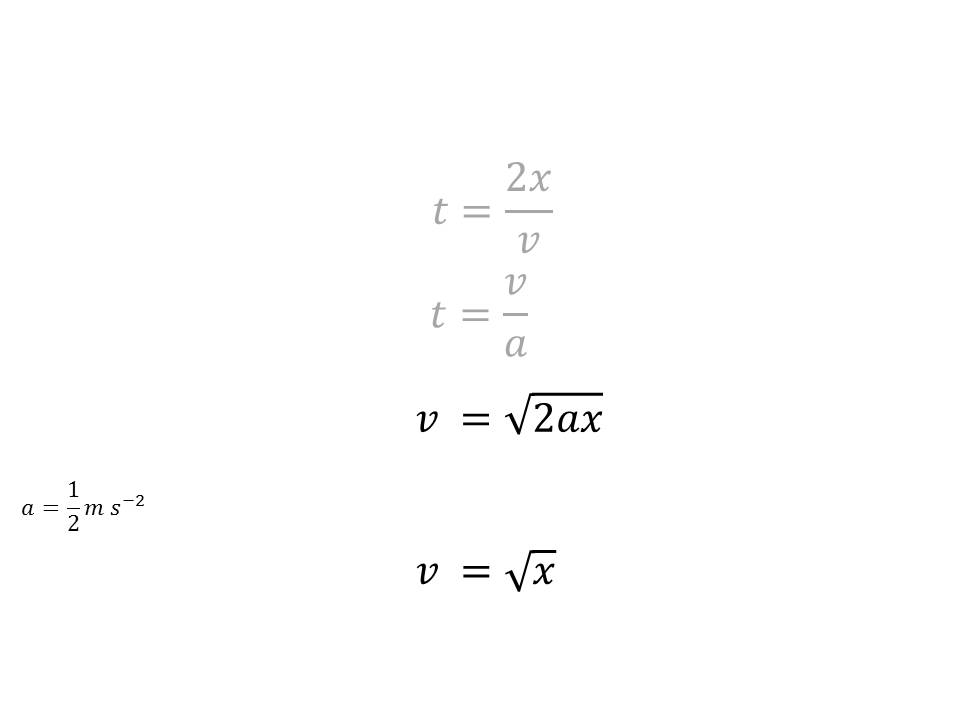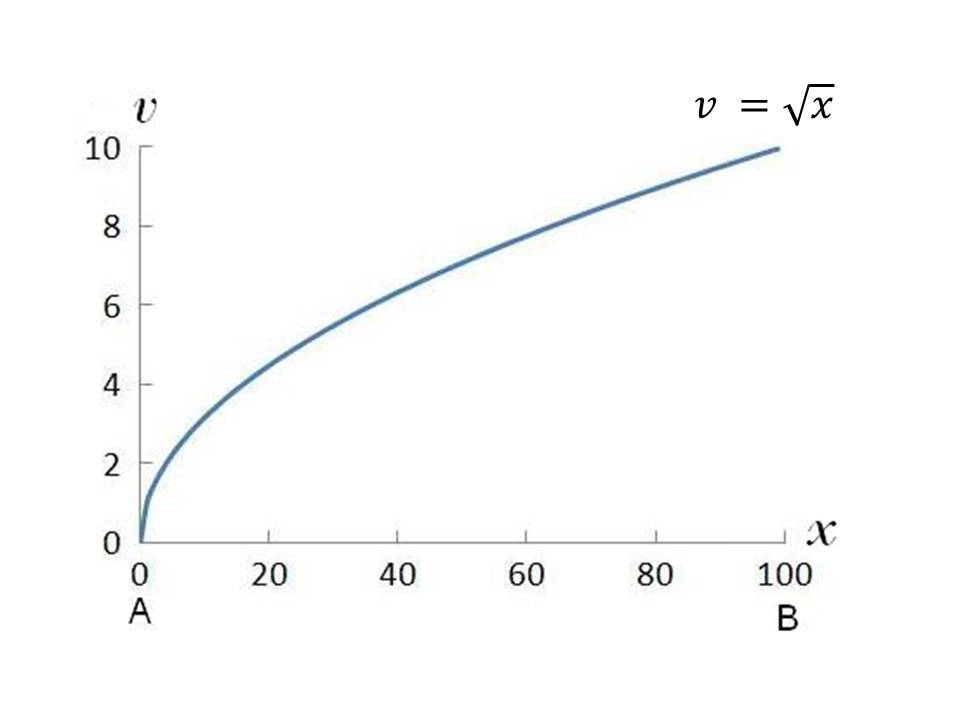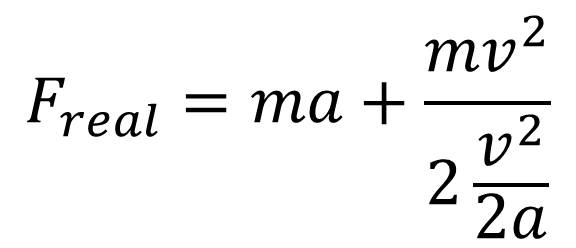It is amazing what conclusions one may arrive at
when just following nothing more than most basic definitions, such as
the definitions of velocity and acceleration, comprising absolute truths:



As seen from the graph, when a free body is acted upon by a constant
force (maintaining constant acceleration
a),
velocity v
of that body is tending toward a limiting value at large displacements
x.
It is also amazing what conclusions one may arrive
at when considering the obvious absolute fact that at the end of a non-zero
real spatial shift x,
resulting from the application of constant force on a real body, velocity
v must
necessarily be non-zero.
Considering the above, the known form of Newton's second law is clearly
untenable:
As seen, Newton's second law in its known form
leads to the incorrect conclusion that the work A
is zero, when transporting a body, under the action of a constant force,
across a non-zero distance x.
Thus, the known Newton's second law is not a law of motion, as claimed,
but is a law of rest.
To become law of motion it must be corrected by honoring the fact that
if there were to be a real, non-zero displacement x,
then the applied force Freal
must be greater than the counteracting (due to Newton's third law) force
of inertia ma.
This difference also causes the velocity of the body at the end of its
real, non-zero, displacement to be non-zero; that is, the body to have
kinetic energy .
Thus, instead of the known Newton's second law, leading to the above-mentioned
D'Alembert's principle, the physical meaning requires to write the following:
From the above-derived ![]() ,
we get
,
we get ![]() ,
which we substitute in the above expression for the real force, to convince
ourselves that
,
which we substitute in the above expression for the real force, to convince
ourselves that ![]() .
Indeed,
.
Indeed,

And, now we see that on the left of the equality,
the quantity is nothing other than energy, while on the right of the equality
the mass is multiplied by the square of the velocity, which at large displacement
x is
tending toward a limiting velocity c.
Thus, we clearly get the mass-energy relationship E
= mc2,
derived purely clasically.
Mass-energy relationship E
= mc2
is contained in Ampere’s law inherently.

both sides of which are multiplied scalarly with the vector of the electric
field![]() and
using the equality
and
using the equality![]()

Now, we can carry out dimensional analysis of the above equation, equivalent
to Ampere's law.
The dimensions of the left side of the equation are ![]() ,
which is
,
which is
As expected, the dimensions of the two terms on
the right side of the equation are the same
Indeed, the first term on the right is ![]() ,
while the second term on the right is
,
while the second term on the right is ![]() .
Thus, we get
.
Thus, we get